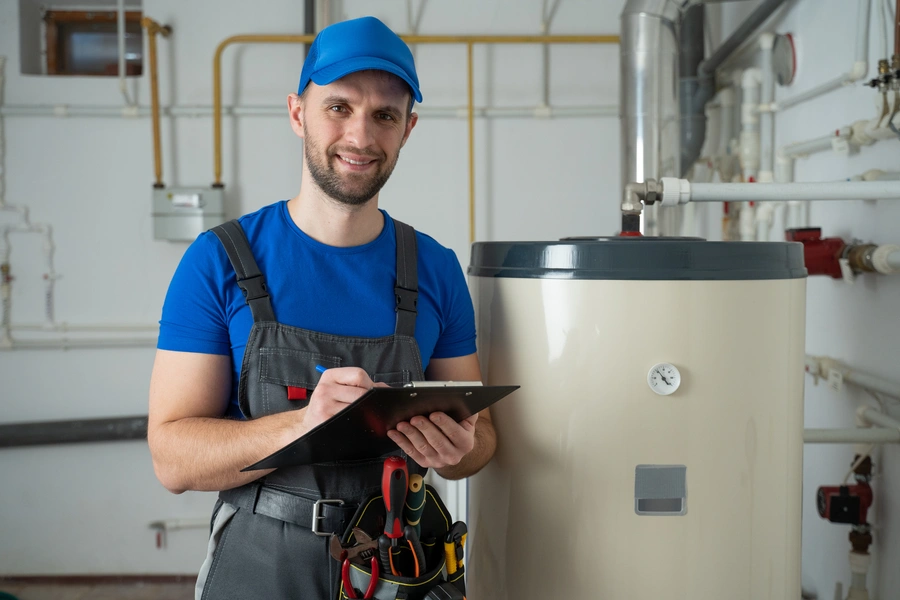An Overview of the Installation Process and Timeframe
When you’re planning for a new water heater, one of the most important questions is how long the installation will take. It’s not just about getting hot water flowing again but also understanding what to expect from the process. Various factors influence the time needed, including the type of heater, your home’s current setup, and any additional work required. Knowing these details helps you plan better and reduces any unexpected delays.
Factors That Influence Installation Time
The time it takes for a water heater installation can vary greatly depending on several key factors. Firstly, the type of water heater you’re installing-whether it’s tankless or traditional-affects the time frame. A tankless model might require more extensive plumbing and electrical work. Additionally, if there are existing structural issues or outdated systems in your home, this can prolong the installation process. Lastly, the location of the unit within your home plays a role; an easily accessible spot makes for faster installation.
Average Duration for Different Heaters
On average, a standard water heater installation might take about 2 to 3 hours. For larger setups or if you’re switching from a tank to a tankless system, expect it to be longer. Tankless units, due to their complexity, can sometimes take up to 8 hours or even span across two days if significant adjustments are required. Always consult with your installer to get a more precise estimate tailored to your specific situation.
Steps Involved in Installing Your Heater
Understanding the steps involved provides clarity on why some installations take longer than others. Here’s a general breakdown:
- Disconnecting and removing the old unit
- Placing the new heater
- Connecting plumbing and electrical lines
- Testing the system for safety and efficiency
- Cleaning up the workspace
Challenges That Could Cause Delays
Several challenges could extend the duration of a water heater installation. These include unforeseen complications such as outdated piping that needs replacement or compatibility issues with new equipment. Weather conditions may also play a role if outdoor access is required for certain parts of the installation process. Planning ahead and preparing your space can mitigate some of these potential setbacks.
Best Practices for a Smooth Installation
To ensure that your heater is installed efficiently, follow these best practices:
- Choose a reputable installer with experience
- Clear the area around the installation site
- Ensure all necessary permits are acquired beforehand
- Discuss any concerns with your installer prior to starting
Cost Considerations You Should Know
The cost of installing a new water heater varies based on its type and complexity. Traditional tanks are generally less expensive to install compared to tankless models. However, tankless options offer long-term savings on energy bills despite their higher upfront cost. It’s essential to weigh these factors against your budget and energy usage habits.
Your Next Steps With MDJ Plumbing Services
If you’re considering an upgrade or need further guidance, contact me today at (720) 360-5592. Located in Commerce City, CO, I provide personalized service tailored to your needs. At MDJ Plumbing Services, I specialize in delivering efficient solutions that fit both your schedule and budget.

